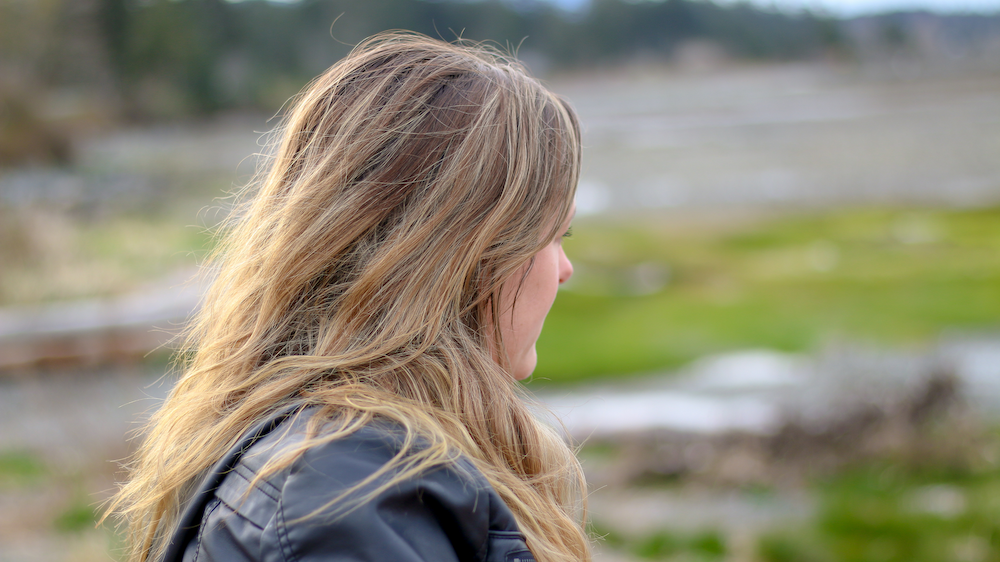Shamanism: The Missing Link To Recovering From PTSD

Waking up
Watching my father wither away from alcoholic liver disease while I was in my 40s, I was often stunned to hear him express hope for the future. It struck me then that the body may suffer the ravages of time but consciousness doesn’t age. That may explain why, when I turned 50 recently, that I felt my real life — the one in abeyance while I healed the longstanding effects of childhood post-traumatic stress — had only just begun. I grew up in New Zealand in a family environment of alcohol abuse and violence. Forgiveness has taught me that inter-generational trauma gets passed on until someone has the courage to break the cycle of abuse. And luck gave me the opportunity to experience shamanism and its immense healing ways, which helped me with my deeply rooted PTSD.
Dealing with depression
I didn’t know what depression was when I moved to Australia to live with my father aged 13 but it stalked my waking days. I didn’t understand the deep roots of shame, either, or the ways I had internalized the family dynamic of violence. Throughout school and university, and well into my 20-plus years as a production journalist in Sydney, I suffered acute bouts of social phobia and anxiety. I learned to isolate myself but that only exacerbated the condition. I drank heavily but it only deepened my shame.
There are no adequate words for clinical depression. It’s like screaming underwater: the sound is muffled and every movement meets invisible resistance. Meantime, the surface world is oblivious. After eight years of talk therapy that failed to halt the pendulum swing between anxiety and depression characteristic of the post-traumatic syndromes, I was ready to be more adventurous. At age 41, I travelled to South America.
Indigenous healing
Iquitos is a frontier town only accessible by boat and plane in the Peruvian Amazon. It was as about as far as I could imagine from the talking cure. Sitting in front of seven indigenous Shipibo healers, rotating around a group of 23 Westerners, in seven nighttime ayahuasca ceremonies was my first experience of shamanism. It changed everything. Ayahuasca is the combination of two plants that allows for a psychedelic experience. However, for the Shipibo it is a diagnostic and treatment tool. The real medicine is derived from the skill of the healer, or curandero, making adjustments to the human energy field through the sounds of plant songs called ikaros. It is a form of vibrational medicine. Shamanism is used for many conditions, including deeply rooted emotional wounds like my own PTSD.
During those first ceremonies, traumatic memories flashed across my awareness at astonishing speed while my body convulsed. It wasn’t as bad as it sounds. I felt like I was being held in a firm but loving embrace. Just 14 months earlier, after my second walking pilgrimage across Spain, I had quit alcohol for good. It was timely. Getting the body as clean as possible beforehand can ease the discomfort associated with ayahuasca. The ceremonies cleared out the gross imprints of trauma in my energy field, and, crucially, connected me to a social and healing network.
Sensitivity to the unseen world
Peru was an initiation. Soon I was on the road again, this time to complete the Light Body course of the Four Winds Society, pioneered by former anthropologist Alberto Villoldo. He synthesized the shamanic traditions of native North Americans and the Q’eros of the Peruvian Andes. Over the course of two years I learned about the subtle energy body, psychic intrusion, and how dead ancestors impact our lives. In the shamanic cosmology, the unseen world is just as real as the seen.
Research suggests that 30% of the population are Highly Sensitive People (HSPs). They are more affected by their environment and disproportionately affected by childhood trauma compared to the rest of the population. ‘Empaths’ are an even smaller subset of HSPs who, without right boundaries, can unconsciously absorb the suffering of others. In the words of Judith Orloff MD, we are “emotional sponges”.
Finding a sense of purpose
Through my exploration with shamanism I came to understand my sensitivity and process an enormous amount of repressed emotion. Shamanism really exposed the whys behind my PTSD. As a result, I now feel equipped to discern what I am perceiving from the environment, and what thoughts and feelings are mine. Then I am able to clear the energy from my field. Empaths who have developed their ‘medicine’ share a common gift with shamans. This is an ability to perceive subtle disturbances in the health of the individual, and bring them back into balance.
I am now a writer and a healer in my own right. Depression these days is just a fleeting shadow. For anyone who identifies as especially sensitive, shamanic practices and techniques offer a form of healing that addresses all levels of the energy field, and the trauma inherited from our lineage. It may be the missing piece of the healing puzzle. In fact, shamanism is what ultimately helped me break free from my PTSD vicious cycle.


Leave a Reply
You must be logged in to post a comment.